
This set of methods for cultivating Qi, guiding Qi, and emitting Qi is a summary of the author’s years of experience in applying “Yunqi Tui Na” (Qi Manipulation Massage) combined with Qigong practice.
1. Cultivating Qi
Cultivating Qi is the foundational practice for emitting Qi. Practitioners first undergo rigorous training in specific postures, breathing, and intention over a long period, allowing the internal Qi to be regulated in its rise and fall, gradually accumulating internal Qi, sinking it to the Dantian (丹田, Elixir Field), and enabling the Qi channels to circulate throughout the body. This leads to a state where the heart, intention, Qi, and strength are all aligned, allowing for the practice of guiding Qi. The cultivation of Qi primarily involves dynamic and static practices.
(1) Yi Jin Jing (易筋经, Muscle-Tendon Change Classic). Among the dynamic practices of Qigong, Yi Jin Jing serves as a solid foundation for medical Qi emission. Practicing Yi Jin Jing must adhere to its twelve postures and the principles of circulating through twenty meridians, strictly training according to the requirements of posture, intention, and breathing in each posture to achieve the effect of Qi flowing through the meridians (the training methods for Yi Jin Jing are detailed in other texts and will be omitted here).
(2) Sitting Meditation or Standing Post Practice. Sitting meditation or standing post practice is a static Qigong method aimed at cultivating the Qi of the Dantian, enriching internal Qi, and opening the microcosmic orbit (小周天, Xiao Zhou Tian). The method involves selecting a comfortable sitting or standing posture, using reverse abdominal breathing, focusing on the Dantian, and practicing until the Dantian feels full, warm, and a sensation of Qi circulating is felt, continuing to practice to open the microcosmic and macrocosmic orbits, achieving the effect of intention guiding Qi.
2. Guiding Qi
Guiding Qi, also known as Yunqi (运气), involves the practice of directing internal Qi to the emission area, achieving the effect of intention guiding Qi, and being able to control the amount of Qi emitted.
(1) Palms Together Shaking Posture for Guiding Qi.
1. Posture. Stand with feet shoulder-width apart, bend elbows and bring palms together at the chest, fingertips pointing upwards, wrists and elbows level, head as if supporting an object, chest relaxed, knees and hips relaxed, tongue against the palate, and eyes gently closed (see Figure 1).
2. Breathing and Intention. Breathe naturally, focus on the Dantian, feel the Dantian warming up, and once the Qi is activated, exhale while guiding the Qi up the Governing Vessel (督脉, Du Mai) through the hand’s three Yang meridians to the fingertips. Inhale while guiding the Qi back along the hand’s three Yin meridians to the Dantian. Once the internal Qi circulation is smooth, concentrate on the palms and fingertips, breathe naturally, and feel the palms warming, fingertips swelling, tingling, and slightly vibrating, as if something is being emitted.
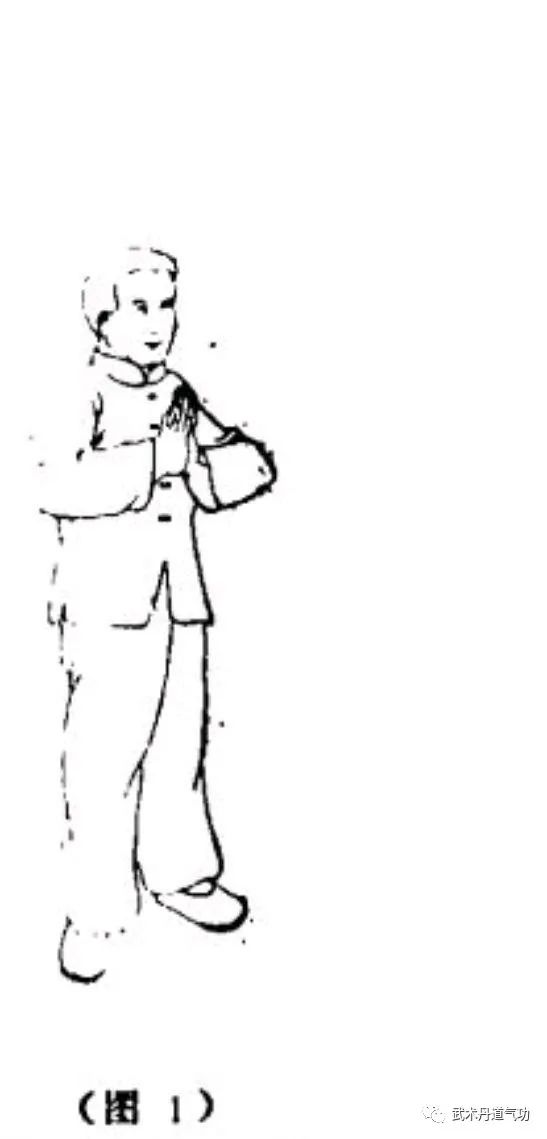
3. Practice Time. 1-2 times daily, each session lasting 5-30 minutes.
(2) One Finger Zen Guiding Qi Method.
1. Posture. Same as “Palms Together Shaking Posture for Guiding Qi”. Raise the left hand to shoulder height, bend the wrist, extend the index finger naturally, curl the other fingers, and form a ring with the thumb and middle finger. The right hand adopts the same gesture, placed at the right abdomen, with the index fingers of both hands facing each other (see Figure 2).
2. Breathing and Intention. Breathe naturally, focus on the Dantian, feel the Dantian warming, and once the Qi is activated, slowly exhale, guiding the Qi to the tip of the right index finger, feeling warmth and swelling at the fingertip, as if something is being emitted, then direct the Qi to the left index fingertip. When feeling the Qi connecting between the two fingertips, use the left index finger to tap the Qi column emitted from the right fingertip, feeling a distinct Qi sensation. Then guide the Qi from the left index fingertip back to the right fingertip, actively tapping the right fingertip with the Qi column, feeling a distinct Qi sensation.

3. Practice Time. 1-2 times daily, each session lasting 5-30 minutes.
(3) Opposing Palms Pushing and Pulling Guiding Qi Method.
1. Posture. Stand with both palms naturally open, extend the right hand forward, bend the left elbow in front of the chest, with palms facing each other (the same applies when switching hands, see Figure 3).
2. Breathing and Intention. Breathe naturally, focus on the Dantian, feel the Dantian warming, and once the Qi is activated, guide the Qi to the left palm’s Lao Gong point (内劳宫, Nei Lao Gong), emitting it to the right palm’s Lao Gong, pushing while emitting Qi, then gently pull the Qi back to the original position. Both palms should feel a distinct Qi sensation.
3. Practice Time. 1-2 times daily, each session lasting 5-30 minutes.
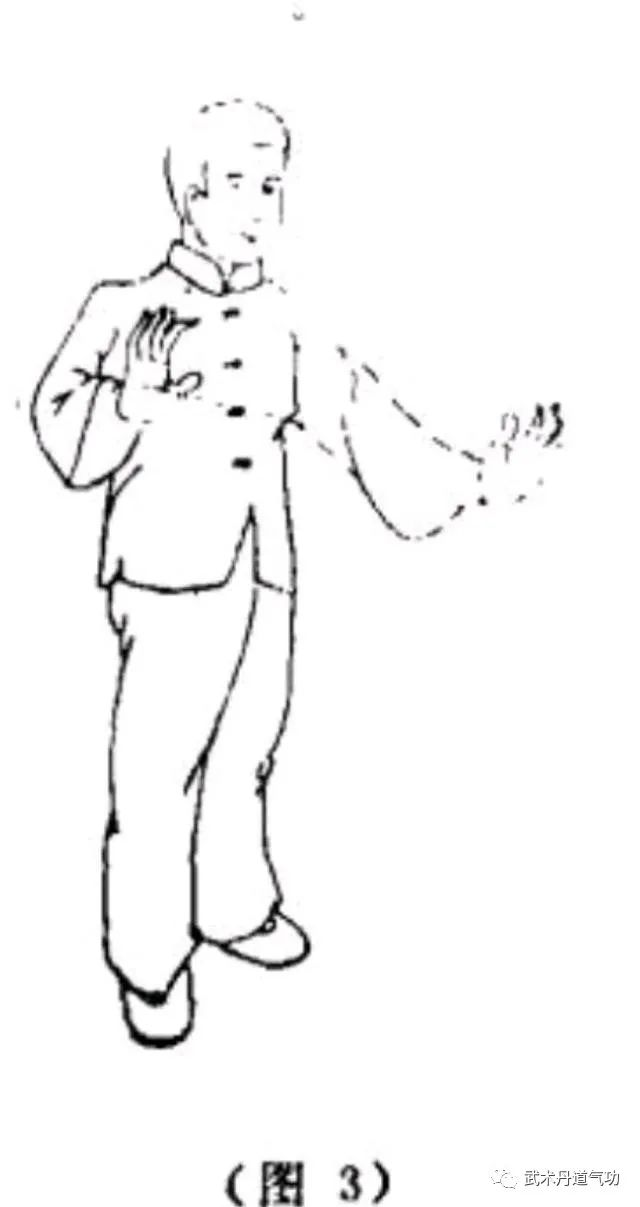
(4) Three Points Pulling Line Guiding Qi Method.
1. Posture. Light an incense stick and place it on a table, adopting a standing posture. Open the right palm naturally, placing it in front of the incense tip, aligning it with the Lao Gong point, and position the left hand in a one-finger Zen posture behind the incense tip, with the fingertip aligned with the incense tip, forming a straight line with the index fingertip, incense tip, and Lao Gong point (see Figure 4).
2. Breathing and Intention. Once the three points are aligned in a straight line, breathe naturally, focus on the Dantian, and when the Dantian warms and the Qi is activated, guide the Qi to the left index fingertip, exhaling slightly, while maintaining focus on the incense tip, continuously emitting Qi, starting from a close distance and gradually moving further away, feeling a distinct Qi sensation at the right Lao Gong point.
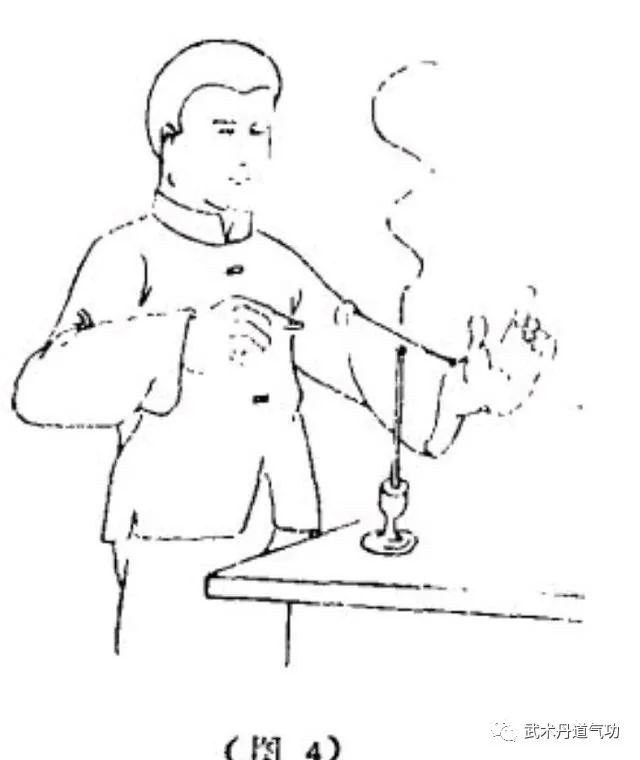
3. Practice Time. 1-2 times daily, each session lasting 5-30 minutes.
(5) Three Points Seeking Circle Guiding Qi Method.
1. Posture. Stand with a lit incense stick placed on a table. Open both hands naturally, forming an equilateral triangle with the two Lao Gong points and the incense tip, seeking a circle centered at the triangle’s center (see Figure 5).
2. Breathing and Intention. Once the three points are visualized as a circle, breathe naturally, focusing on the Dantian. When the Dantian warms and the Qi is activated, guide the Qi to both hands’ Lao Gong points, exhaling slightly,content from the Neidan (内丹术) public account, feeling a mutual attraction between the three points, as if both hands are holding a balloon; then practice pulling with one hand and pushing with the other, repeating the exercise (the Three Points Pulling Line and Three Points Seeking Circle methods can also be practiced with trees and flowers).
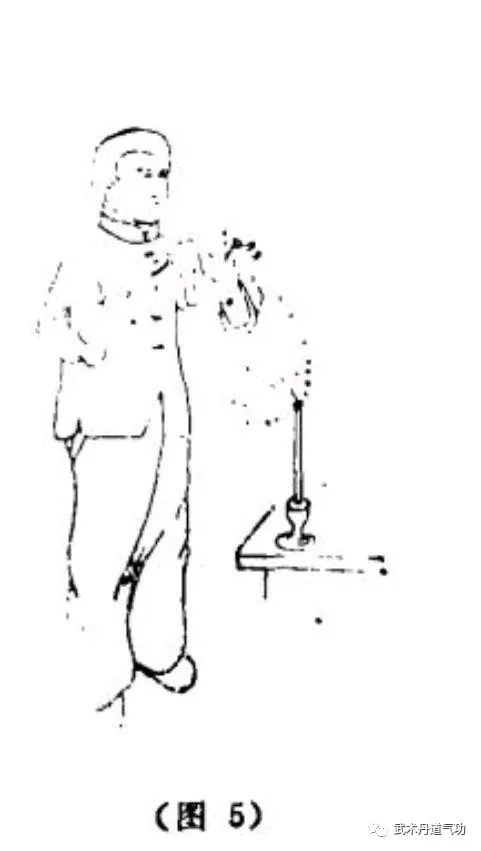
3. Practice Time. 1-2 times daily, each session lasting 5-10 minutes.
(6) Leaping and Explosive Guiding Qi Method.
1. Posture. Stand with feet shoulder-width apart, knees slightly bent, inhale while focusing on the Dantian, exhale while jumping, suddenly extending the fingers of both hands forward with palms facing forward, forming a claw posture (see Figure 6).
2. Breathing and Intention. Focus on the Dantian while inhaling, and while exhaling, focus on the palms, guiding the Qi to the Lao Gong points, feeling a distinct Qi sensation in both hands.
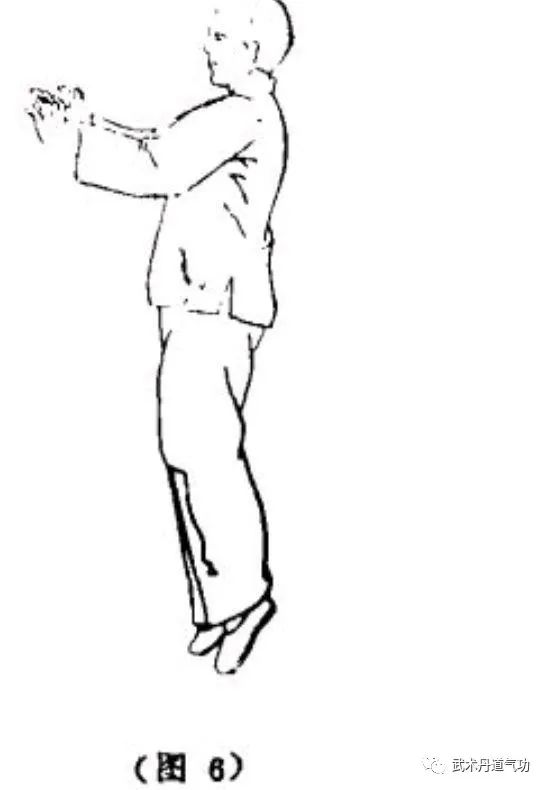
3. Number of Practices. Each session consists of 24 or 48 breaths.
The above six methods can be practiced by selecting 2-3 postures each time. After practicing, stand quietly for a moment, guide the Qi back to the Dantian, rub your hands and face, and move slightly to conclude the practice.
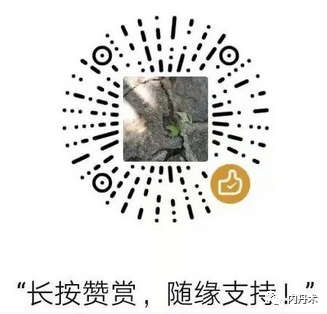
Image and text materials sourced from the internet. Author: Not traced back to the original author.
Copyright belongs to the original author or relevant rights holders. If there is any infringement of copyright, please contact us for modification or deletion.

Long press to recognize the QR code | Follow us

